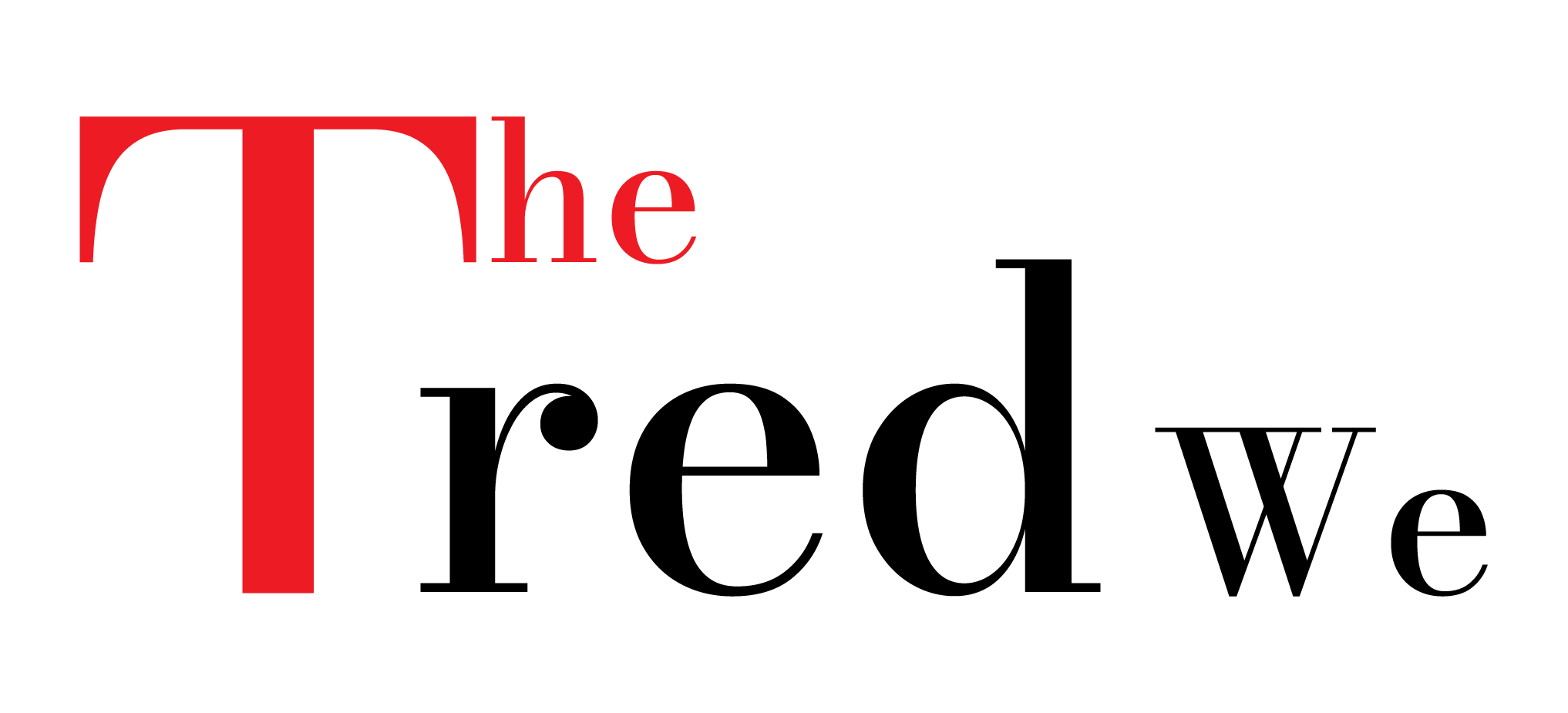Introduction Fashion has always been an essential part of human history, reflecting cultural, social, and economic changes. From the structured silhouettes of the Victorian era to the bold styles of the 21st century, fashion trends have continuously evolved. This blog explores how fashion has transformed over the decades and what has influenced these changes.
1920s: The Roaring Twenties and Flapper Fashion
The 1920s marked a significant departure from traditional fashion norms. Women embraced short hair, knee-length dresses, and loose silhouettes, rejecting the restrictive corsets of previous decades. The rise of jazz culture and the women’s suffrage movement played a crucial role in shaping the era’s fashion. Designers such as Coco Chanel revolutionized women’s fashion by introducing more comfortable and practical clothing, while fringe dresses, beaded embellishments, and cloche hats became defining styles of the time.
Men’s fashion also evolved, with three-piece suits becoming popular for formal occasions and casual styles incorporating high-waisted trousers and soft-collared shirts. The influence of Hollywood and silent film stars like Charlie Chaplin helped shape a more relaxed yet polished aesthetic.

1950s: The Golden Age of Glamour
The post-war era of the 1950s saw a return to femininity, with cinched waists, full skirts, and elegant silhouettes. Icons like Marilyn Monroe and Audrey Hepburn influenced fashion, promoting glamorous yet refined styles. Meanwhile, men’s fashion embraced tailored suits, sleek hairstyles, and polished looks.
The introduction of ready-to-wear clothing made fashion more accessible to the masses. Brands like Dior popularized the “New Look,” which emphasized narrow waists and voluminous skirts, while Chanel’s classic tweed suits became a symbol of sophistication. Advances in textile production allowed for more experimentation with colors, prints, and synthetic fabrics, giving consumers greater variety.
The 1950s were also notable for the rise of youth subcultures, such as the rock and roll movement, which influenced the fashion choices of younger generations. Leather jackets, denim jeans, and white T-shirts became synonymous with rebellion and countercultural expression, inspired by figures like James Dean and Elvis Presley.

1980s: Bold and Experimental
The 1980s were characterized by bright colors, oversized silhouettes, and power dressing. Women in the workforce adopted structured blazers with shoulder pads, while pop culture icons like Madonna popularized edgy, punk-inspired fashion. Neon colors, leather jackets, ripped jeans, and leg warmers became staples of this era, influenced heavily by MTV and music videos.
Athletic wear also made its way into everyday fashion, with brands like Nike and Adidas rising to prominence. Tracksuits, sneakers, and branded sweatshirts were worn both for exercise and as streetwear. The 1980s was also an era of designer logos, as high-end brands like Gucci, Louis Vuitton, and Versace gained mass appeal among the wealthy and aspiring fashionistas alike.
Punk fashion emerged as a form of rebellion against mainstream styles, with distressed clothing, band T-shirts, and DIY embellishments becoming key elements. At the same time, high-fashion designers such as Thierry Mugler and Jean Paul Gaultier introduced avant-garde styles that challenged conventional ideas of beauty and structure.

Modern Day: A Blend of Past and Future
Today’s fashion is an eclectic mix of past styles, sustainability, and innovation. With the rise of digital fashion influencers and e-commerce, trends change rapidly. However, a growing emphasis on sustainable fashion is leading to conscious consumerism.
Technology has also played a major role in shaping modern fashion. Smart fabrics, 3D printing, and digital fashion shows have revolutionized the industry. Additionally, social media platforms like Instagram and TikTok allow micro-trends to emerge and spread within days, reshaping how consumers interact with fashion.
A significant shift towards gender-fluid and inclusive fashion has also emerged, with designers creating lines that cater to all gender identities. Thrifting and second-hand shopping have gained popularity as more consumers seek ethical alternatives to fast fashion. Meanwhile, luxury brands are rebranding themselves to appeal to younger audiences, incorporating streetwear influences and digital-first shopping experiences.
The fashion industry is also witnessing the impact of artificial intelligence, with AI-powered design tools and virtual fitting rooms enhancing the shopping experience. The use of NFTs (non-fungible tokens) and blockchain technology is further revolutionizing digital fashion, allowing for the creation and sale of exclusive digital clothing.

Conclusion
Fashion continues to evolve, reflecting society’s changes. While trends come and go, the essence of self-expression through clothing remains timeless. Understanding the past helps us appreciate the creativity and innovation that define modern fashion. With sustainability, technology, and inclusivity shaping the future, fashion will remain an ever-adapting art form.










No Comments